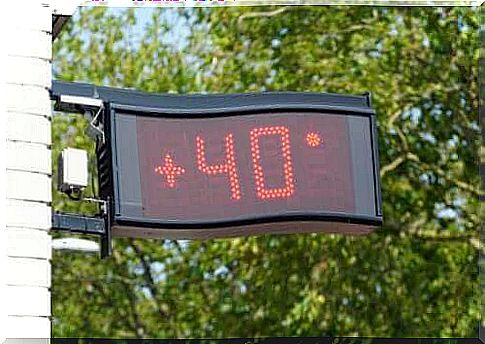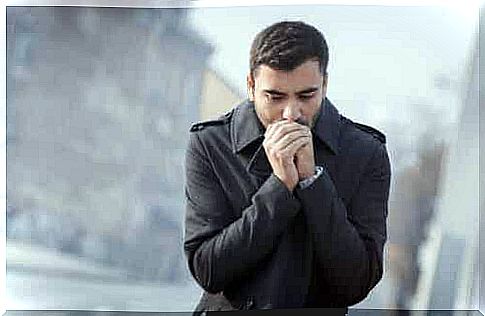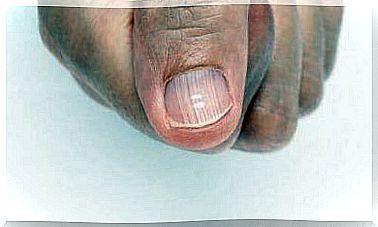How Extreme Temperatures Affect The Human Body

Exposure to extreme temperatures can lead to serious health consequences and even death. These climatic environments usually occur in countries with extreme climates, especially during the winter and summer months.
The ideal body temperature is around 37 degrees Celsius. Anything over 40 is hyperthermia and anything under 35 is hypothermia. Extreme temperatures can lead to both states quite quickly.
Would you like to know more about the subject? We wrote today’s article to answer some frequently asked questions about it. So read on to learn more about it.
Can the body tolerate extreme temperature changes?
Humans have many biological mechanisms of thermoregulation. These are complemented by our conscious ability to create objects and clothing designed to prevent loss of heat or heat, as the case may be.
The body is able to cope with adverse climatic situations thanks to the activity of many organs and systems, such as the cardiovascular and neurological system.
For example, there is heat evaporation in hot weather and so the blood vessels on the surface of the body dilate to lose moisture in the form of sweat. The opposite happens when it is cold, the distribution of blood flow is directed to the vital organs.
How does the body react to extreme heat?

This is an unfavorable climatic condition in which the temperatures reached can have serious health consequences if they persist. Indeed, the temperature varies from region to region. This is why the adjustment mechanisms depend on the environment in which a person lives.
Extreme heat occurs when the temperature remains about 10 degrees above the average upper limit for a particular area. Obviously, these conditions should be stable for several weeks.
Symptoms of Exposure to Extreme Temperatures and Reactions
The body can show various symptoms in heat. Some of the major clinical manifestations that the human body can exhibit during a heat wave include the following:
- Muscle and abdominal pain and headache
- Excessive sweating
- Fatigue and fainting
- Nausea
- Increased heart rate
Know that many of these symptoms are the natural result of dehydration. In addition, if these symptoms occur, go to the nearest emergency room as soon as possible.
Ways to regulate and prevent it
Follow several recommendations to avoid harm to your health when faced with the possibility of a heat wave. The most basic thing you can do is install an air conditioner and fans, which can require an unexpected economic investment.
It is also advisable to buy or manufacture deflectors if your house has many windows. With some cardboard and aluminum foil you can easily make them yourself for your windows.
Drinking plenty of water and wearing loose-fitting clothing are basic measures to maintain both indoors and out. If any of the above symptoms appear when you need to go outside, find air-conditioned public places or immediate medical attention.
Risk groups
Both the elderly and children are more susceptible to medical complications from extreme temperatures. People with chronic illnesses, especially those with heart and kidney disease, should also take greater precautions.
How does the body react to extreme cold?

The definition of extreme cold is the opposite of the definition of extreme heat. It usually occurs in temperate climates and in the context of some winter storms.
Symptoms of Exposure to Extreme Temperatures and Reactions
The main clinical manifestations that the human body can exhibit during dangerous exposure to extreme cold include the following symptoms:
- Chills and muscle cramps
- Tingling
- A reduced state of consciousness
- Change of coloring in the extremities
All of these symptoms, especially the last two, imply the need for evaluation by a physician at the nearest emergency room. So that action can be taken in the event of hypothermia.
Also read: Who is most vulnerable to heat?
Ways to regulate and prevent it
As with heat waves, in most cases you can avoid the negative effects of extreme cold. Just follow these recommendations to avoid dangerous complications from cold:
- Don’t go outside unless you really, really have to.
- Have the necessary tools to remove snow from the area nearby.
- Wear several layers of clothing, including protection for hands, feet, ears, neck and head.
- Buy and install a heating system well in advance.
- Prepare an emergency plan to be able to go to a health center in case of an emergency.
- Keep enough canned food in case of power outage.
Risk groups
Extreme age groups and people with chronic diseases are also more susceptible to the effects of a cold snap. People with reduced mobility should avoid going outside all the more because of possible obstacles caused by falling snow.
It never hurts to pay attention to extreme temperatures
Exposure to extreme temperatures takes thousands of lives every year, even more than natural disasters. Most developed countries with warm climates have government strategies to reduce the number of deaths from this cause. Call your local Red Cross in an emergency and consult a doctor if you are unsure.









